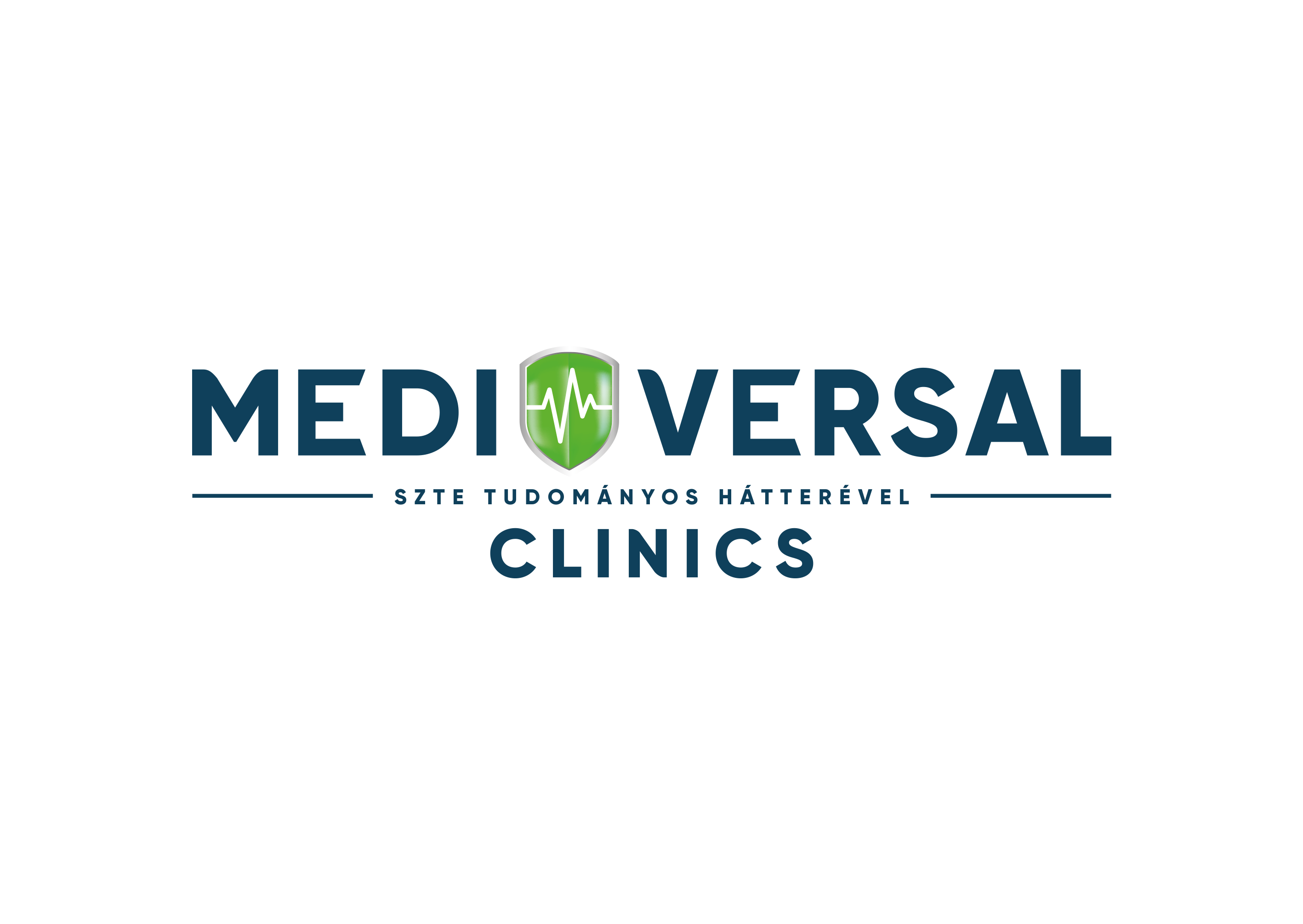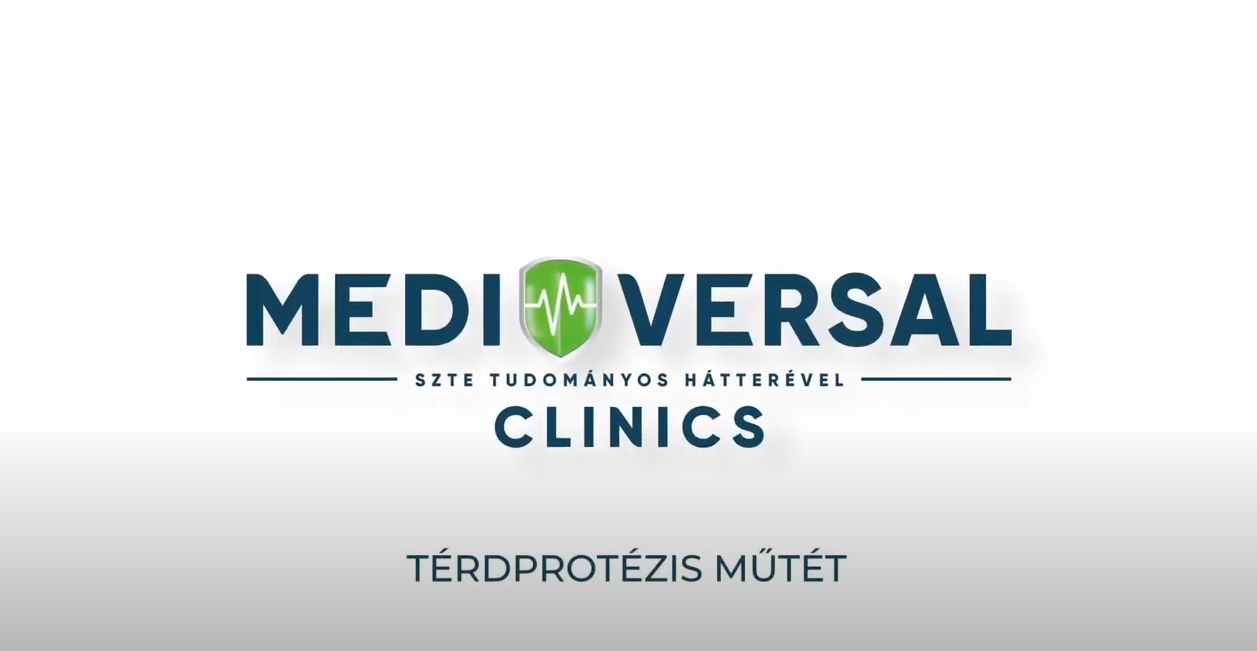Was knee joint replacement surgery recommended by your doctor? Some important information are summarized here about preparation for the intervention, process of the surgery and details of the postoperative care. Knee joint replacement surgery is currently one of the most advanced interventions in medicine, it helps treating knee joint problems, and may significantly improve quality of life and mobility.
Knee joint replacement surgery
Structure of the knee
The knee is one of the biggest and most complex joint of the body, which involves three main bones: thighbone (femur), shin bone (tibia) and kneecap (patella). These bones are supported and stabilised by strong ligaments. The cartilage covering the knee joint allows its smooth movement and decreases friction.
About the knee joint replacement surgery
Knee joint replacement surgery is an orthopaedic intervention to treat knee joint wear and pain. During the intervention, an artificial knee joint (a prosthesis) is implanted to replace the injured parts of the joint.
When may this kind of surgery be necessary?
Knee joint wear: Wear of the knee joint causing pain and limited mobility.
Ligament rupture: Previous injuries, such as cruciate ligament rupture may cause instability and pain.
Sport injuries: Previous sport injuries, which can affect the condition of the knee in the long term.
Axis deformity: Long-term axis deformity, such as bow legs causes knee wear and pain.
Answers from the doctor – What do knee joint replacement surgeries look like?
How are knee joint replacement surgeries performed?
01
02
03
04
05
06
07
More information
What are the most common causes of knee-related complaints?
1. Knee joint wear (arthrosis): Knee joint wear is one of the most common causes of knee pain. Gradual thinning and wear of the cartilage and the resulting rubbing of the bones to each other cause pain and inflammation. Knee joint wear often develops as a result of axis deformity (bow legs).
2. Ligament rupture: Previous injuries, such as cruciate ligament rupture causes instability and pain in the joint. These injuries often develop as a result of sport injuries or traumas, and have long-term consequences.
3. Previous sport injuries: Sport injuries, such as injury of the knee ligaments or meniscus can cause knee joint wear and pain, if left untreated.
4. Axis deformity: Chronic axis deformity, such as bow legs (O legs) or knock knees (X legs) exert uneven load on the knee joint, and cause wear and pain in the long term.
5. Swelling and oedema: Limited joint movement and swelling are often the natural reaction to knee joint wear, and can lead to oedema. This excess fluid is a natural reaction of the worn joint to inflammation and pain.
Surgery as a solution?
Before any orthopaedic intervention, it is important to consider alternative, non-surgical solutions. These approaches, such as medicinal treatments, physiotherapy or injection therapy can be effective in several cases in improvement of symptoms and treatment of joint problems.
However, when these methods do not provide appropriate results, and the patient has severe pain and limited ability to move, orthopaedic surgery can be the only effective solution. A lot of people are afraid of this surgery, it is important to know that these interventions can result in significant improvement in quality of life and pain relief. Therefore, people with severe joint problems that cannot be resolved appropriately with other treatments, should consider orthopaedic surgery.
How to prepare for surgery?
Before a knee surgery, our specialists will provide detailed information on how you should prepare for the intervention. It may include restrictions in diet, modification in medicines, and arrival on fasting state on the day of the operation. It is important to follow the instructions of the doctor to contribute to the success of the intervention and your quicker recovery.
What are the risks of this surgery?
Knee and thighbone surgeries may involve the following risks:
- unsuccessful correction
- thrombosis
- scarring in the operated area
- infection of the operated area (with 1% frequency)
In case any complications develop during/after the surgery, and it is necessary, care will be provided at Szent-Györgyi Albert Medical Center – Emergency Care Unit, for a fee.
What happens after the surgery?
Following these kind of surgeries, generally there is a postoperative healing process that includes paint relief, wound care, rehabilitation (such as physiotherapy), and based on the type of the condition and nature of the surgery, regular follow-up examinations to follow the results and help full recovery.
Premium environment – Introducing our Clinic and wards
Have a look at our photo gallery, where you can get an insight into the modern wards at our Clinic and the comfortable environment we offer our patients. These photos show our state-of-the-art equipment, which facilitates faster recovery and more efficient rehabilitation. Take a virtual tour of our wards and become acquainted with the conditions that contribute to the high-level care and recovery of our patients.
Our doctors performing these surgeries:
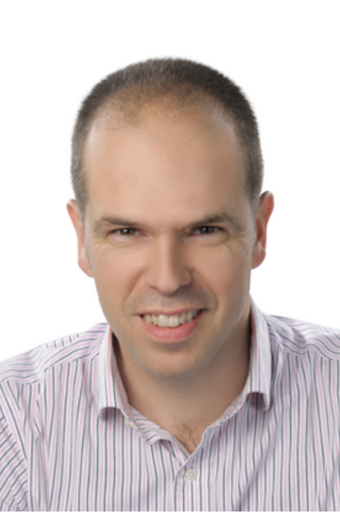
- Knee surgery
- Examination and treatment of acute and chronic musculoskeletal and joint diseases
- Examination and treatment of knee, hip, leg, shoulder, and spine pain, injuries, inflammation, and other complaints
Specialist services:
Paediatric and adult orthopaedic specialist care
Language skills
- English
- German

- Hand surgery and microsurgery
- Treatment of knee injuries
- Knee and hip replacements
- Knee and hip TEP revision
- Arthroscopy (knee (meniscus)/shoulder)
- BTB plastic surgery (anterior cruciate ligament plastic surgery)
- LCA plastic surgery (anterior cruciate ligament plastic surgery)
- Corrective bone surgical procedures (e.g. Tomofix)
- Major bone replacement surgery
- Radius (wrist) surgery
- Removal of soft tissue tumours (e.g. cysts, ganglions on leg)
- Bunion osteotomy
- Metal removal by anaesthesia
Consultations
- Traumatology specialist care
Language skills
- English
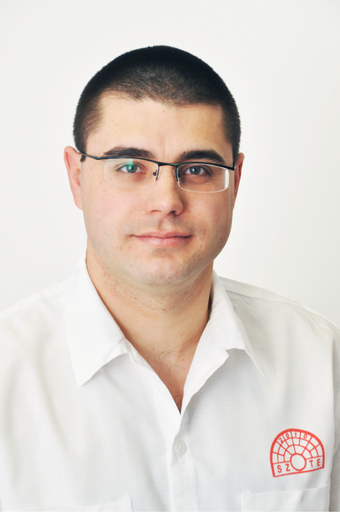
- Examination and treatment of musculoskeletal and joint diseases
- Radius (wrist) surgery
- Small hand surgical procedures (e.g. ganglion, cracking finger)
- Shoulder arthroscopy
- Knee arthroscopy
- Collarbone surgery
- Cubital tunnel syndrome surgery
- Carpal tunnel syndrome surgery
- Tennis elbow surgery
- Metal removal by anaesthesia
Consultations
- Traumatology specialist care
Language skills
- English
- Serbian
- Croatian
- German

Expertise
- Pelvis injuries
- Small hand surgical procedures (e.g. ganglion, cracking finger)
- Treatment of knee injuries
- Knee and hip replacements
- Knee and hip TEP revision
- Arthroscopy (knee (meniscus)/shoulder)
- BTB plastic surgery (anterior cruciate ligament plastic surgery)
- LCA plastic surgery (anterior cruciate ligament plastic surgery)
- Corrective bone surgical procedures (e.g. Tomofix)
- Major bone replacement surgery
- Radius (wrist) surgery
- Removal of soft tissue tumours (e.g. cysts, ganglions on leg)
- Bunion osteotomy
- Metal removal by anaesthesia
Consultations
- Traumatology specialist care
Language skills
- English
- German

Expertise
- Orthopaedic examinations
- Articular cartilage examinations
- Arthrosis treatment
- Screening and treatment (including surgical) of orthopaedic and musculoskeletal disorders in children
- Hip screening
- Hyaluronic acid injection treatment
- Lifestyle consultancy for musculoskeletal disorders
- Treatment of sports accidents and injuries
- Aftercare of old injuries and sprains
- Treatment of tennis and golfer’s elbow
- Treatment of lumbar and lumbar spine problems
- Arthritis anti-inflammatory injections
- Knee and hip joint endoprosthesis implantation
- Arthroscopic knee surgical procedures
- Leg and foot surgery
Language skills
- English
- German

- Orthopaedic examinations
- Articular cartilage examinations
- Arthrosis treatment
- Hip screening
- Lifestyle consultancy for musculoskeletal disorders
- Aftercare of old injuries and sprains
- Treatment of tennis and golfer’s elbow
- Treatment of lumbar and lumbar spine problems
- Arthritis anti-inflammatory injections
- Knee and hip joint endoprosthesis implantation
- Arthroscopic knee surgical procedures
- Leg and foot surgery
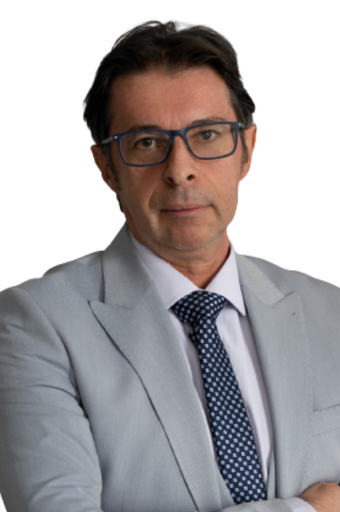
- Examination and treatment of acute and chronic musculoskeletal and joint diseases
- Examination and treatment of knee, hip, leg, shoulder, and spine pain, injuries, inflammation, and other complaints
- Knee and hip replacement surgical procedures
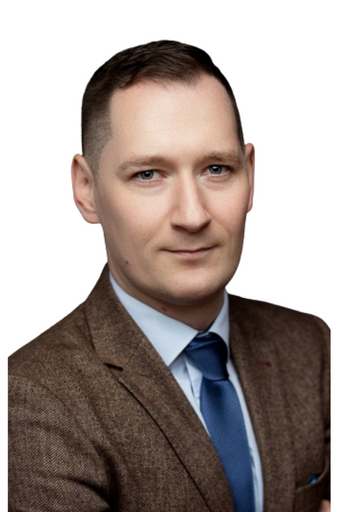
- Diagnosis, treatment, and, if necessary, surgery of acute and chronic musculoskeletal disorders
- Hip replacement – implantation and replacement
- Knee replacement – implantation and replacement
- Knee arthroscopy for the treatment of meniscus and cartilage injuries
- Correction of forefoot deformities (bunions, hammer toe, etc.)
- Other lower limb bone and soft tissue surgery (removal of bone tumours, ganglions, etc.)
Specialist services:
Orthopaedic specialist care
Language skills
- English
- Spanish

- Diagnosis, treatment, and, if necessary, surgery of acute and chronic musculoskeletal disorders
- Hip replacement – implantation and replacement
- Knee replacement – implantation and replacement
- Knee arthroscopy for the treatment of meniscus and cartilage injuries
- Correction of forefoot deformities (bunions, hammer toe, etc.)
- Other lower limb bone and soft tissue surgery (removal of bone tumours, ganglions, etc.)
Specialist services:
Orthopaedic specialist care
Language skills
- English

- Orthopaedic examinations
- Infant hip screening
- Assessment and treatment of paediatric orthopaedic diseases
- Assessment and treatment of scoliosis in children (scoliosis, Scheuermann's disease)
- Osteoarthritis, arthrosis
- Hip and knee replacements
- Treatment of arthrosis and hip and knee joint inflammations
- Treatment of tennis and golfer’s elbow and carpal tunnel syndrome
- Treatment of sports accidents and injuries
- Examination of articular cartilage wear and cartilage and meniscus injuries
- Medial meniscus injuries
- Rheumatoid arthritis of the knee
- Injuries to knee ligaments and tendons
- Tear of the anterior cruciate ligament
- Aftercare of old injuries and sprains
- Lifestyle consultancy for musculoskeletal disorders
- Treatment of lumbar and lumbar spine problems
- Bunion osteotomy
Specialist services:
- Joint and limb bone complaints, inflammations, abrasions, and arthroses
- Limb pain
Language skills
- English

- Térd- és csípőízületi endoprotézis beültetése
Specialist services:
Orthopaedic specialist care
Language skills
- English

- Térd protézis beültetés
- Csípő protézis beültetés
- Térdízületi arthroscopia
- Bütyök, kalapácsujj korrekciós műtétei és egyéb ellátása
- Csont kinövések, ganglionok eltávolítása
- Carpalis alagút szindróma kezelése
- Teniszkönyök, golfkönyök, sarkantyú kezelése
- Infant hip screening
- Gyermekkori lúdtalp, gerincferdülés szűrése
Specialist services:
Orthopaedic specialist care
Language skills
- English
- German

About our clinic
Mediversal Egészségügyi Szolgáltató Kft. is a private healthcare facility owned entirely by the University of Szeged. Thanks to our unique clinical background, the outpatient and inpatient care we provide and the laboratory and imaging diagnostics we offer are performed by internationally renowned specialists in their fields who are at the forefront of research and innovation, supported by highly experienced staff. In addition to the excellent professional staff, our well-equipped facilities, quality hotel services, and, first and foremost, the customer-centric, personalised care we provide guarantee a complete healing experience.
Make an appointment